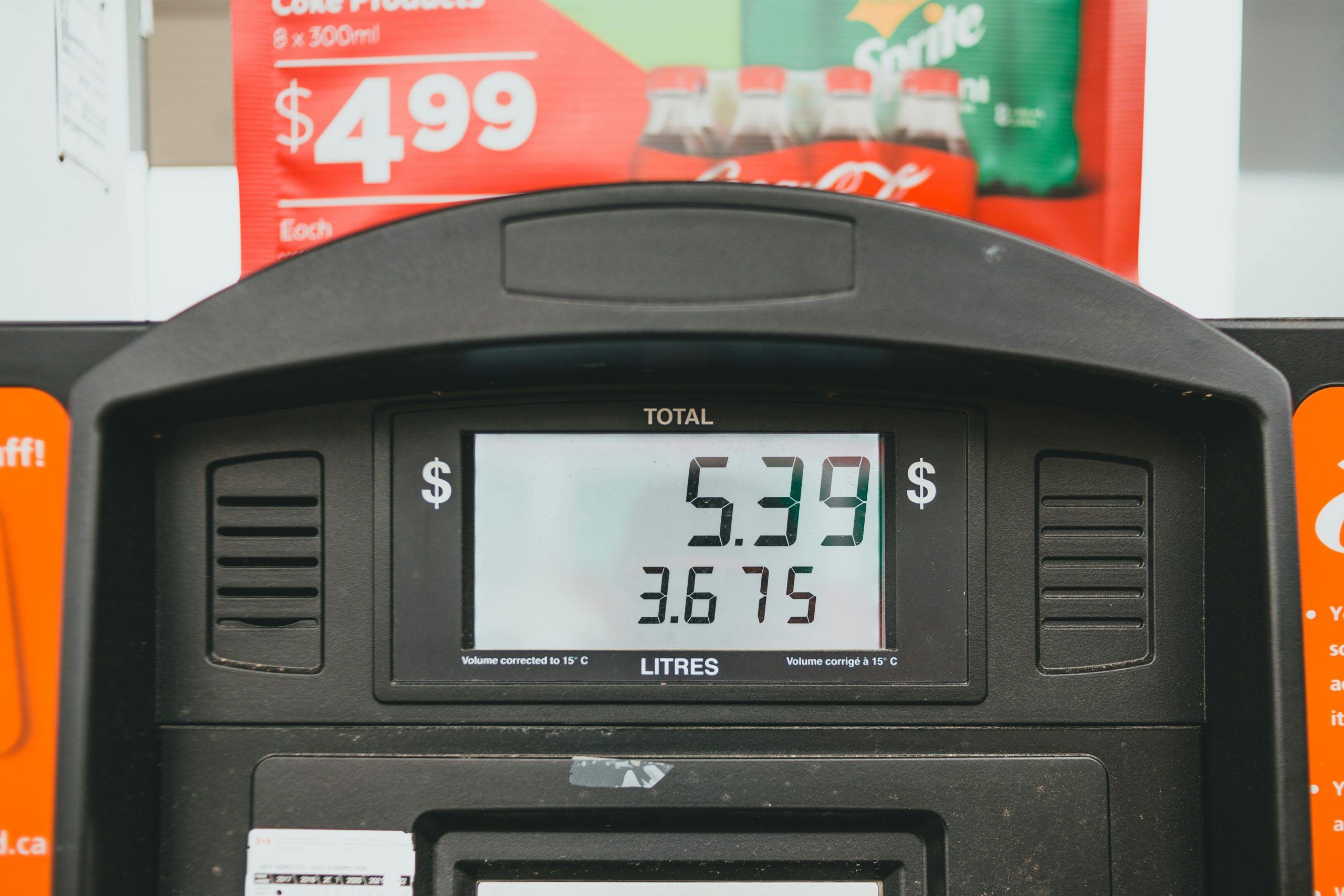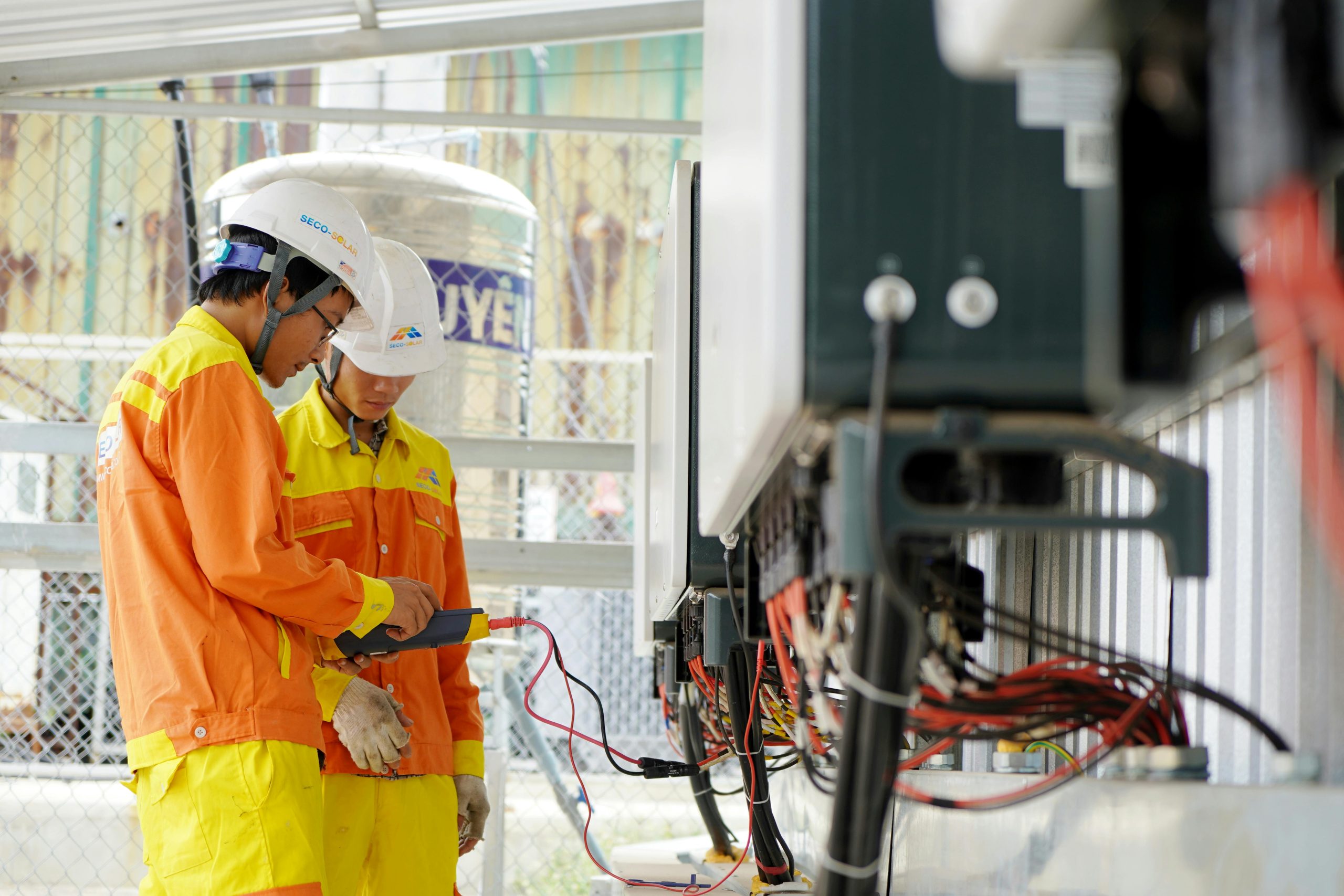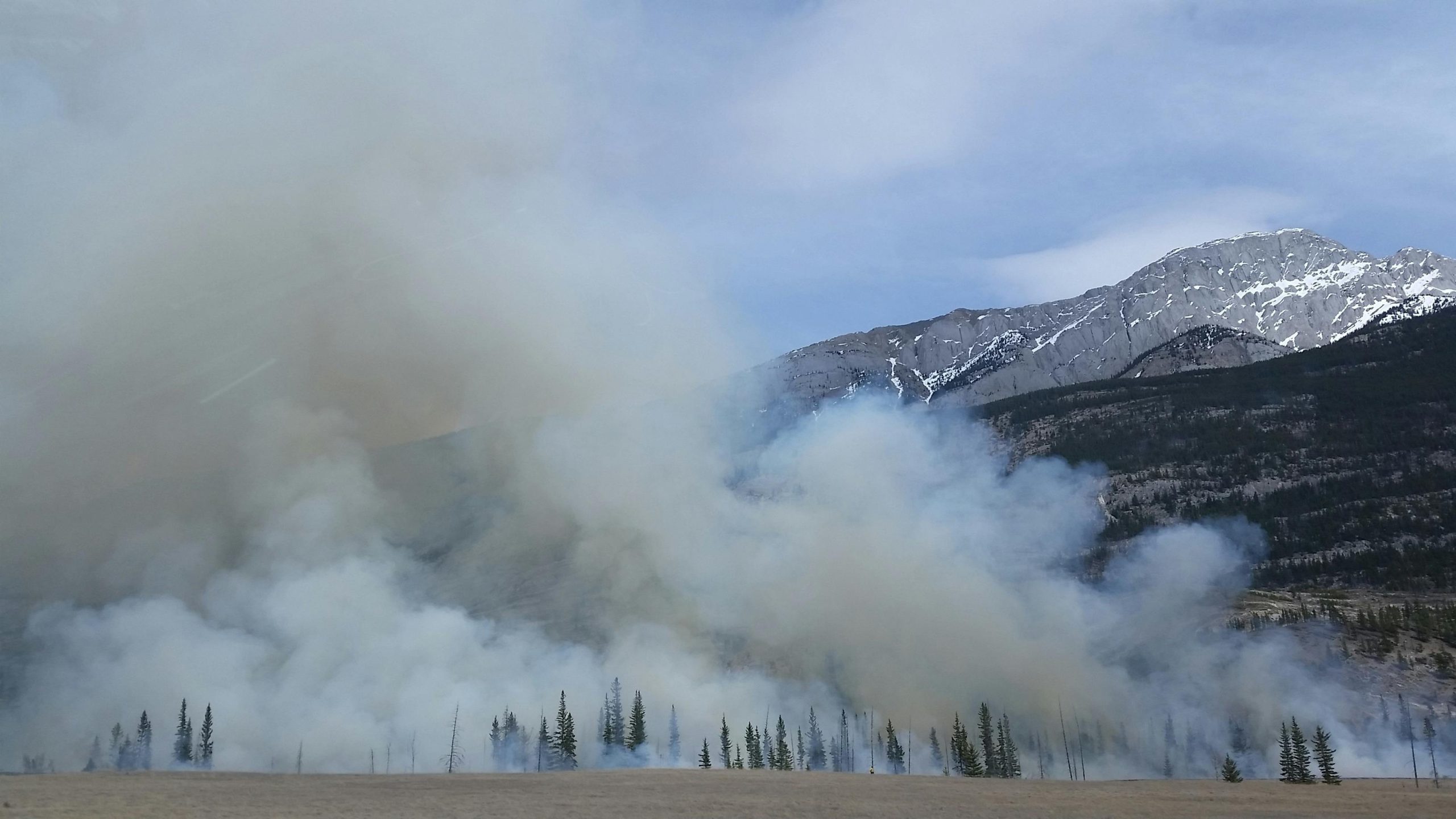Gas prices are expected to rise soon, and there are a few reasons behind this increase. The rise in prices is mainly linked to the annual switch from winter gasoline to summer gasoline, which costs more to produce. Additionally, there are regular maintenance issues with refineries and lower supplies of winter fuel. These factors combined are pushing the prices higher, especially in Michigan. This price hike is expected to be noticeable from mid-February to April, where drivers will likely pay anywhere from 25 to 65 cents more per gallon.
It’s important to note that while there is talk of potential tariffs on oil, their impact will not be immediate. According to experts, including Patrick De Haan, GasBuddy’s head of petroleum analysis, the effect of these tariffs would only be felt after the oil goes through the refinery and enters the gas tank. This process takes time, so any tariffs would likely take a few weeks to impact gas prices. However, De Haan also points out that regions like the Northeast U.S., which rely on imports of Canadian gasoline, diesel, and jet fuel, would feel the effect sooner than other areas.
For Michigan, if oil tariffs are put in place, they could cause gas prices to rise by 5 to 15 cents per gallon. However, this would be a gradual increase, and not something drivers should worry about immediately. Experts predict that prices will likely peak around April 10, and then begin to ease as Memorial Day approaches.
Why does this seasonal shift in gasoline happen every year? Well, during the winter months, the demand for gasoline tends to be lower, and the formula used for gasoline is designed to perform better in cold weather. As temperatures rise and summer approaches, the demand for gasoline increases, and the formula changes. The summer gasoline blend costs more to produce, which results in higher prices at the pump.
Refinery maintenance also plays a significant role in this price increase. Refineries typically undergo maintenance during the transition from winter to summer gasoline. These maintenance periods can cause temporary disruptions in the supply of gasoline, further contributing to the price hike. Moreover, as winter gasoline supplies start to dwindle, prices naturally climb.
Although the potential tariffs on oil are a concern, they are not expected to immediately affect the average driver. The key takeaway for drivers is that the seasonal changes, refinery maintenance, and limited winter fuel supplies are the primary drivers of this expected price increase. By April, many drivers will feel the pinch, but it’s also important to note that prices will likely start to fall by Memorial Day.
As the weather warms up and drivers prepare for their spring and summer travels, they should expect to pay more for gas. While some stations might sell gas below the market rate to attract customers, these prices are often unsustainable and will rise in the coming weeks. Drivers in Michigan and other parts of the U.S. will need to be prepared for the price increase and adjust their budgets accordingly.
Experts suggest that the peak of the price surge will occur in mid-April. After that, gas prices are expected to gradually ease as we move closer to the summer months. For now, it’s best to stay informed and keep an eye on price trends to manage fuel costs as effectively as possible.
In conclusion, while gas prices are indeed set to rise due to seasonal factors, there’s no immediate need to panic. The main driver of the increase is the switch to summer gasoline, along with refinery maintenance and reduced winter fuel stocks. Tariffs on oil could add a slight bump to the prices in the coming months, but their effect would not be seen right away. Drivers can expect gas prices to peak around April 10 and ease by Memorial Day.
(Source : newsbreak.com)


 by
by 

